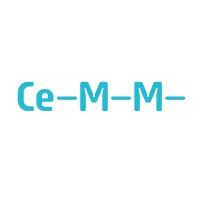Abstract:Red cells from known D variant donors were tested with 41 monoclonal anti‐D reagents, 26 IgG and 15 IgM, with the view to selecting a panel to aid the identification of unusual D types. These antibodies gave reaction patterns which allowed the identification of most of the known D category cells, recognizing epD2, epD5, epD6/7, epD8 and epD9, but were unable to distinguish category III from normal D‐positive cells. Reactivity with HMi, HMii, DFR, DBT and RoHar cells split epD2, epD5 and epD6/7 into two, three and eight groups, respectively. A panel comprising 15 monoclonal anti‐D, 11 IgG and four IgM, was selected as representative of the antibodies tested. Reactivity of monoclonal anti‐D was dependent on antibody concentration and antibody avidity. An antibody concentration of at least 12 pg/ml was required for optimum reactivity of the two monoclonal antibodies tested. A simple calculation of division of the titre by the antibody concentration provided a relatively simple means of establishing the reactivity performance of the antibody and correlated well with ability to detect weak D (Du) cells. A characteristic variable reduction in reaction strength with all the IgG anti‐D was observed with weak D cells. The IgM antibodies, except the high avidity RUM‐1, T3D2T6, D9A4 and BS226, performed poorly in detecting weak D. The majority of the IgM antibodies tested reacted with RoHarr cells, while only one IgG antibody was positive.






